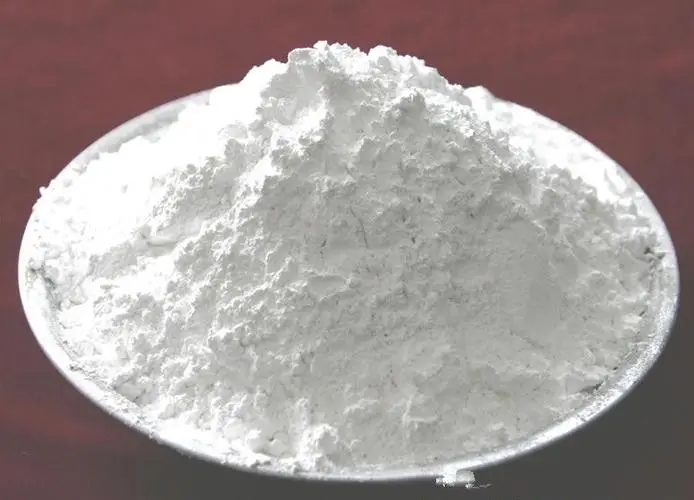
Understanding the Chemical Properties and Uses of Calcium Carbonate in Everyday Life
Calcium Carbonate A Deep Dive into its Chemistry and Applications
Calcium carbonate, a chemical compound with the formula CaCO₃, is one of the most abundant substances on Earth, found predominantly in sedimentary rocks such as limestone and marble, and considered a principal component of shells of marine organisms, snails, and eggs. This compound plays a crucial role in various geological and biological processes and has widespread industrial applications.
Chemical Properties
Calcium carbonate is composed of calcium (Ca), carbon (C), and oxygen (O) atoms. In the periodic table, calcium is an alkaline earth metal located in Group 2, while carbon is a non-metal in Group 14, and oxygen belongs to the chalcogen group in Group 16. When these elements combine, they form a stable ionic compound. At room temperature, calcium carbonate appears as a white, odorless powder or as colorless crystals that dissolve readily in acids, producing carbon dioxide gas.
Its solubility in water is relatively low, but it plays an essential role in the carbon cycle, where carbon dioxide dissolves in water to form carbonic acid, which reacts with calcium carbonate in a process known as weathering. This reaction is fundamental in shaping landscapes and creating soil.
Natural Occurrences
Calcium carbonate occurs naturally in three primary forms calcite, aragonite, and vaterite. These polymorphs differ in structure but share the same chemical composition. Calcite is the most stable and common form, often found in sedimentary rock formations and as a major component of marble. Aragonite, although less stable, is typically found in marine environments as a key component of coral and shell structures. Vaterite is rare and typically forms in certain biological and laboratory environments.
Industrial Applications
calcium carbonate periodic table

The versatility of calcium carbonate makes it an invaluable material across many industries. In construction, it serves as a key ingredient in cement production, while its crushed form, known as aggregate, is used in concrete and asphalt. Its high chemical purity and low cost also contribute to its use as a filler in products such as paints, plastics, and rubbers, enhancing texture and stability.
In the agriculture sector, calcium carbonate is employed as a fertilizer and soil conditioner, helping to neutralize acidic soils and promote crop growth. It also serves as a calcium supplement for livestock and pets, contributing to healthier diets and better overall health.
Additionally, calcium carbonate plays a pivotal role in the manufacturing of glass and ceramics. Its ability to serve as a flux helps lower melting points during the melting of silica, facilitating easier processing and improved final product quality.
Medical Uses
In the medical field, calcium carbonate is utilized as an antacid to relieve symptoms of indigestion and heartburn. It acts by neutralizing stomach acid, providing quick relief. Furthermore, it is also used as a calcium supplement to address deficiencies in individuals who may not consume adequate amounts of calcium in their diets.
Conclusion
Calcium carbonate is more than just a simple chemical compound; it is a vital player in our environment and economy. From its natural occurrences in rocks and shells to its extensive industrial and medical applications, this compound demonstrates the intricate connections between nature and human activity. As we continue to explore and harness the potential of calcium carbonate, its importance in various fields is likely to grow, underscoring the need for sustainable practices and innovations in its use.
Share
-
Premium Pigment Supplier Custom Solutions & Bulk OrdersNewsMay.30,2025
-
Top China Slag Fly Ash Manufacturer OEM Factory SolutionsNewsMay.30,2025
-
Natural Lava Rock & Pumice for Landscaping Durable Volcanic SolutionsNewsMay.30,2025
-
Custom Micro Silica Fume Powder Manufacturers High-Purity SolutionsNewsMay.29,2025
-
Custom Mica Powder Pigment Manufacturers Vibrant Colors & Bulk OrdersNewsMay.29,2025
-
Custom Micro Silica Fume Powder Manufacturers Premium QualityNewsMay.29,2025






